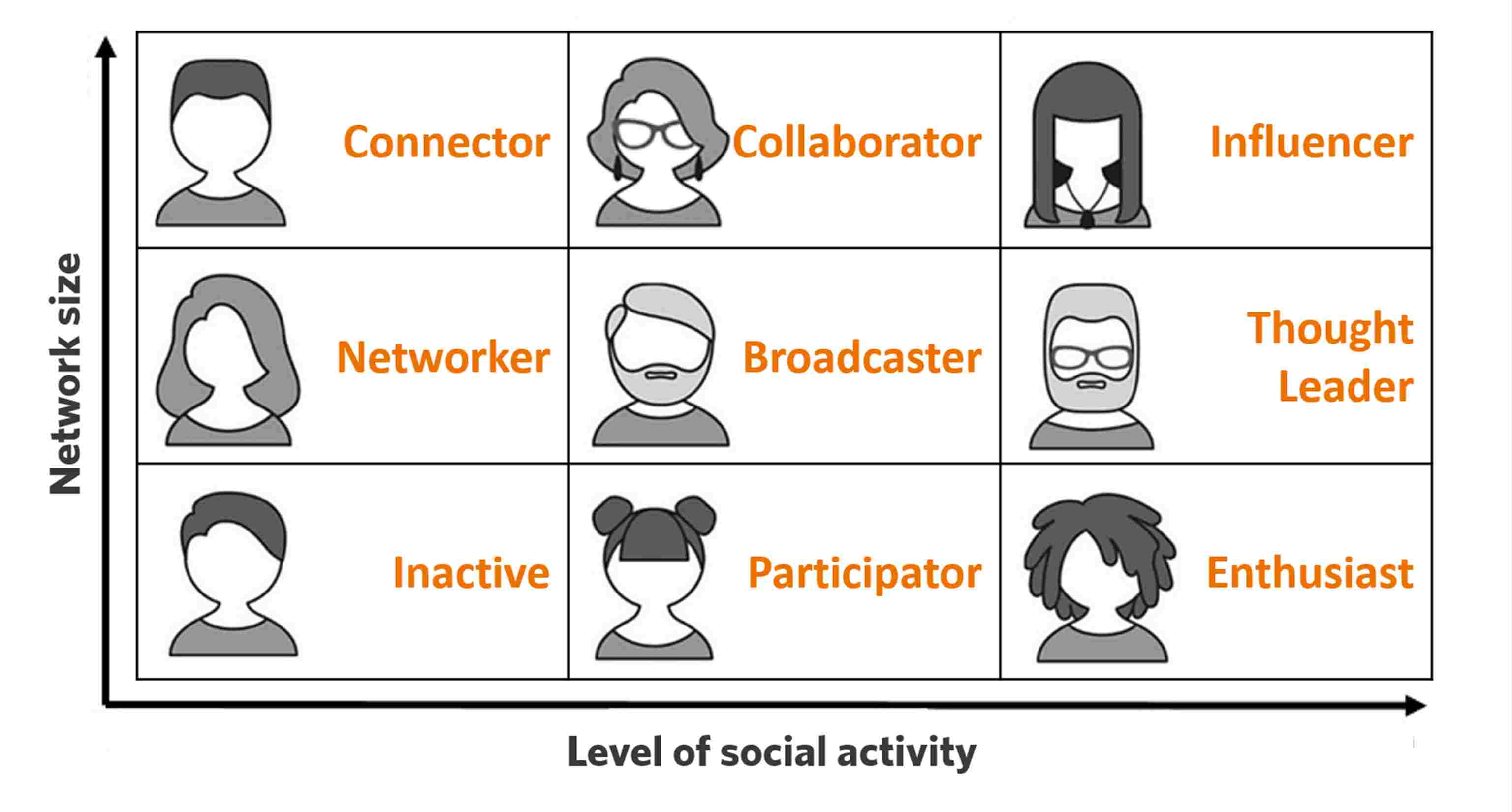More than two-thirds of employees want to work for leaders who embrace digital and social media. For employees under 24, that number rises to 82%. (Source: Brunswick).
Joe Morris, Global B2B social media and employee advocacy leader at Capgemini, recently spoke to us about his experience activating leaders on social, and the challenges that come from global employee advocacy.
Read on to find out more about Capgemini’s techniques, listen to the podcast below, or watch the recording here.
What Is Employee Advocacy?
Joe described employee advocacy as getting employees to advocate for your brand.
There are two ways to do this. The first way is to give employees access to a tool, fill it with content, and leave employees to do the rest.
But, Joe explained: ‘It’s not a question of turning it on and suddenly you’re an influencer.’
Instead, as well as providing employees with content, they also train them to ensure employees understand the value of it for them and the brand.
Some of the skills they teach include:
- How to use LinkedIn
- How the algorithm works
- What engagement they should do
- What a good post looks like
How To Show Employees What’s In It For Them
Employees need to understand the value of what they’re doing.
Some of the benefits Capgemini share include:
- Digital leadership – being seen as someone who gets digital
- Being connected to the right people
- Positioning themselves as someone on the cutting edge
Building these things takes time, so advocates have to be willing to commit.
Joe recommends our Coffee Cup Routine to help advocates get started in just a few minutes a day.
How To Get Senior Leaders To Buy Into Your Employee Advocacy Program
When their CEO realised he had an audience, he started creating content himself. He now posts several times a week.
It’s not possible to provide content for every senior leader, so they’re creating a toolkit to give to different teams and help get their leadership onboard.
Check out our workbook for more tips on leadership activation.
How To Respond To Management Concerns About Advocates Being Poached
Joe believes that concerns about employee advocates being poached by competitors is a natural fear.
Advocacy creates a lot of opportunities for them. So, you have to walk the balance between risk and reward. The alternative is to not allow them to post on social media.
Your guidelines can help minimise the risks. For example, if an employee wants to post a team win, discourage them from detailing everyone’s roles. This makes it too easy for recruiters.
It’s also about company culture. It needs to be rewarding enough for the employee that if they do get headhunted, they’re not interested.
Managing Cultural Social Media Differences
Certain groups of people behave in different ways. This is out of your control. It’s also why guardrails are important. Employees need to know what’s a good idea and worth doing, and what to avoid.
For example, Capgemini have lots of employees in India who are very active on social. They’re keener to share content and talk about work than employees from the US or Europe.
Sarah also suggested considering the language the audience you want to reach uses and what comes naturally to the employee.
Cooperation Between The Social Media Team And Employee Advocacy Team
Joe explained that embracing employee advocacy requires a mindset shift. Previously, social media was all about amplification. It was seen as a channel.
Now, it’s very different.
Capgemini has five million followers on LinkedIn, but each post only reaches a handful of them.
An employee with 3000 followers may not reach as many people, but they might be more likely to reach the right people.
Tracking And Measuring The Success Of Your Employee Advocacy Program
Capgemini manually pull metrics from employees’ profiles, then form an activity score from what they find. Employees get a certain number of points for each activity.
The data Joe and his team collects allows them to plot where people are on a graph that they call the maturity grid, based on the social maturity model developed by us here at Tribal Impact.

People go up and down it, e.g. when they’re on holiday. Overall, it offers a great visual aid.
Effective Employee Advocacy Is About Guidelines
Getting employees involved in your advocacy program comes with inevitable challenges.
Having the right guidelines in place, and ensuring employees understand the benefits of being an advocate, are important to keeping them engaged and maintaining momentum.
To get senior leadership onboard, consider what type of content they could be known for. Once they start to gain momentum, they’ll want to experience more of it and so may need less assistance as time goes on.
If you’d like to develop your employee activation, find out more about how we could help you build an employee brand ambassador program.

